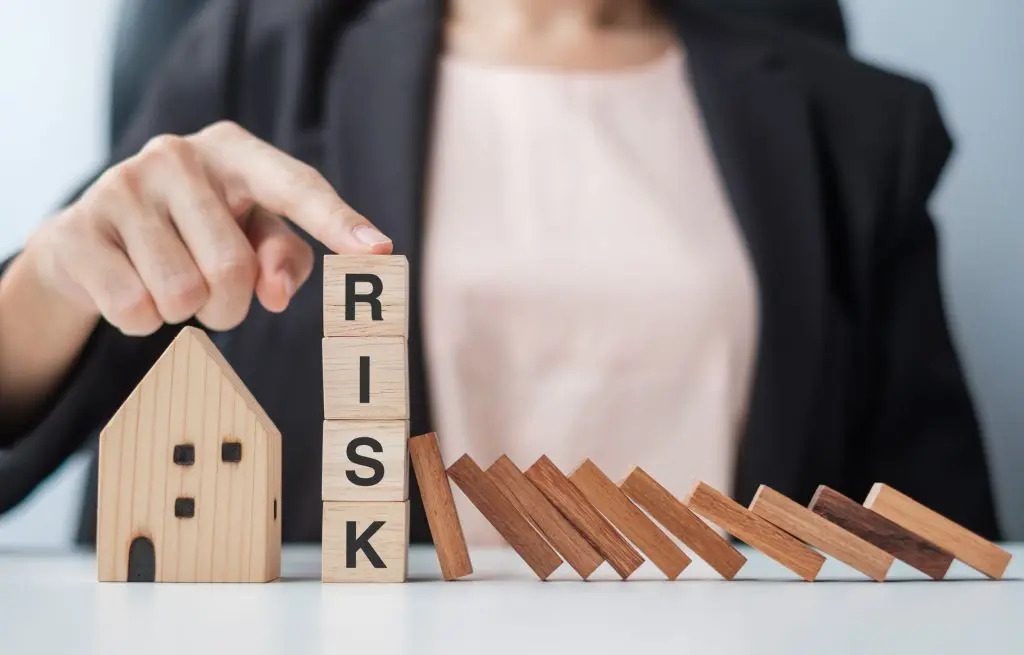
Securing Your Home: Safety Strategies for People Living Alone
Living alone offers a sense of freedom, independence, and control over one’s environment that many cherish.
However, it also presents unique safety issues that can be overlooked. These concerns range from the risk of accidents and emergencies to the threat of intruders or isolation-related mental health problems.
It is critical to establish a thorough understanding of the benefits and risks especially in the aspects of safety challenges, the need for increased awareness and precautionary measures, and identify practical solutions for those who live alone to ensure their well-being and peace of mind.
Unique Safety Issues Faced by Individuals Living Alone
Living alone has its fair share of challenges. Some of the most common safety issues faced by individuals who live by themselves include:
Accidents and Emergencies: In the event of an accident or medical emergency, there may be no one around to provide immediate assistance or call for help. This delay in response can potentially lead to severe consequences.
Home Security: Living alone can make a person more vulnerable to break-ins, theft, and intrusions, especially if the residence is not adequately secured.
Fire Safety: Fires can occur due to a variety of causes, such as electrical malfunctions, unattended cooking, or careless use of flammable materials. In a household with multiple occupants, there are more people available to detect and respond to a fire, but when living alone, the responsibility falls solely on the individual.
Mental Health: Isolation can take a toll on mental health, leading to feelings of loneliness, anxiety, and depression. Prolonged isolation may even exacerbate existing mental health issues.
Why Addressing These Issues is Crucial
Ignoring these safety concerns can have dire consequences. Accidents and emergencies can result in long-lasting or permanent injuries, or even death, if not addressed promptly. A compromised home security system can lead to significant financial losses and emotional trauma. Inadequate fire safety measures can result in catastrophic damage, injury, or loss of life. Finally, neglecting mental health can adversely affect overall well-being and quality of life.
Given the potential severity of these issues, it’s crucial for individuals who live alone to take steps to mitigate these risks and safeguard their well-being.
Practical Tips for Ensuring Safety and Welfare
Create an Emergency Plan: Have a well-thought-out emergency plan in place that includes emergency contact numbers, a list of medications, and essential medical information. Ensure that this information is easily accessible in case of an emergency.
Establish a Support Network: Maintain regular communication with friends, family, or neighbors to ensure someone is aware of your well-being. Share your schedule and whereabouts with trusted contacts and establish a system for checking in periodically.
Invest in Home Security: Equip your home with a reliable security system, including sturdy door locks, window locks, and a monitored alarm system. Make sure to lock doors and windows when leaving home or going to bed.
Utilize Technology: Use technology to your advantage by installing smart home devices, such as video doorbells, security cameras, and motion-activated lights. Additionally, consider using a personal emergency response system (PERS) or a medical alert device to summon help quickly in case of an emergency.
Practice Fire Safety: Install smoke detectors and carbon monoxide detectors throughout your home, and check them regularly to ensure they are functioning properly. Keep fire extinguishers in accessible locations, and familiarize yourself with how to use them. Develop an escape plan in case of a fire and practice it regularly.
Be Cautious with Strangers: Be wary of strangers who approach your home, especially if they seem to be trying to gain entry or gather personal information. Always ask for identification before allowing someone into your home and verify their credentials with the respective company or organization they claim to represent. Do not share personal information with unknown individuals over the phone or online.
Avoid Sharing Your Living Situation Publicly: Be cautious about revealing that you live alone on social media or to people you’ve just met. This information can be exploited by those with malicious intentions.
Maintain Good Mental Health: Engage in regular social interactions, either in person or through digital means, to combat feelings of isolation and loneliness. Participate in hobbies or activities that bring joy, and consider joining local clubs or community groups to build connections. If you’re struggling with your mental health, seek help from a mental health professional or support group.
Practice Good Home Maintenance: Regularly inspect your home for potential hazards, such as loose floorboards, broken steps, or malfunctioning electrical outlets. Address these issues promptly to minimize the risk of accidents.
Be Prepared for Power Outages: Keep a stash of essential supplies, such as flashlights, batteries, candles, and a battery-powered radio, in case of a power outage. Familiarize yourself with the location of your home’s main electrical panel to reset breakers or replace fuses as needed.
Learn Basic First Aid and CPR: Acquiring knowledge of basic first aid and CPR can be invaluable in emergencies, especially when living alone. Many organizations offer affordable courses, and some even provide free online resources.
Conclusion
Living alone can be an empowering and fulfilling experience, but it also comes with unique safety challenges. By being aware of these issues and taking practical steps to mitigate risks, you can create a safe, secure, and supportive environment for yourself.
Remember, your safety and well-being should always be a top priority. By investing in your own security, you can enjoy the independence and freedom of living alone while maintaining peace of mind.